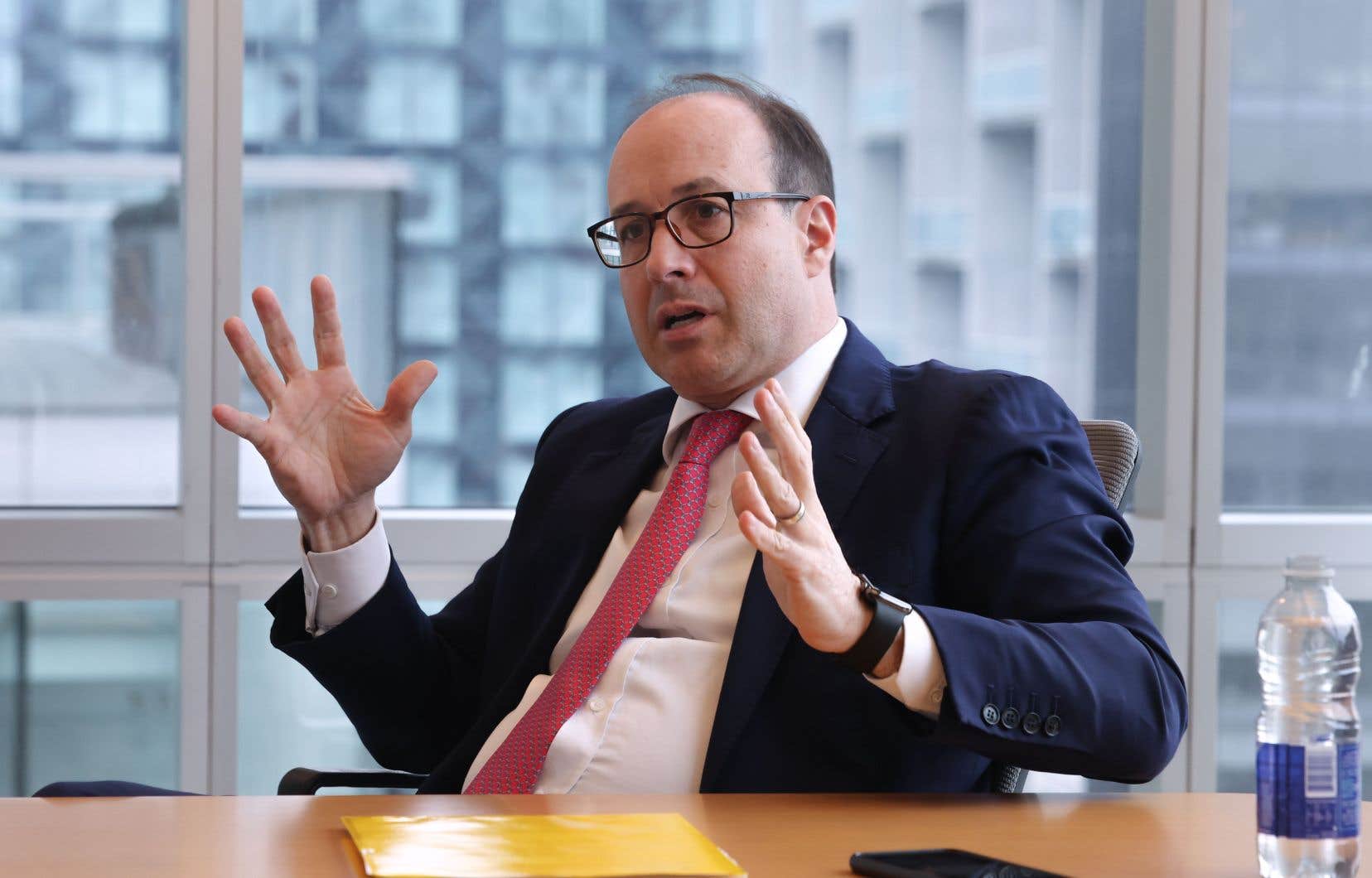The Caisse de depot et placement du Quebec (CDPQ) would have obtained higher returns if it had followed a simple index strategy, according to a new study by the Center for Productivity and Prosperity (CPP) of HEC Montreal.
The assets of the Caisse would have been higher by 11% if the managers of Quebecers’ woolen stockings had reproduced a simple “classic” index strategy from 2009 to 2021, according to the report published Thursday. The Caisse thus ranks sixth in a sample of eight large Canadian public sector pension funds.
The Caisse generates sufficient returns to honor its commitments to Quebec workers who contribute to the Quebec Pension Plan (QPP), but this poor performance still raises questions, believes the director of the CPP, Robert Gagné. “I don’t see why Quebecers should leave money on the table,” laments the professor, in an interview.
In its comparison, the CPP uses a benchmark index different from that of the Fund to arrive at its conclusions. He takes that of the Canada Pension Plan Investment Board, which is 85% stocks and 15% bonds.
The index is different from the Caisse de dépôt’s portfolio, which contains nearly 30% in fixed income, 25% in real assets (real estate and infrastructure), 25% in shares listed on the stock exchange and 20% in shares of private companies, dated December 31, 2022.
Mr. Gagné believes that it is reasonable to take a benchmark index with a different weighting. The comparison allows “to see what the Caisse gives up by making the choices it makes”. “That’s how you establish its relevance (of the strategy). »
At the Caisse, it is believed that the report “oversimplifies”. The risk of the index used by the CPP has a too risky risk profile. An index profile containing 60% equities and 40% fixed income would have been more appropriate, she said. In comparison with this index, the outperformance would be “constant” since 2009 to stand at $44 billion.
“The comparison made by the Center is therefore not appropriate”, reacts the institution in a press release.
Private placements
The CPP report notes that the Caisse has generated added value since 2014. However, the difference would be largely attributable to private placements, assets whose value is more difficult to establish than shares listed on the stock exchange. “Private placements are not valued by the markets objectively because there are not as many transactions,” explains Mr. Gagné.
However, this added value plays a role in evaluating the performance of Caisse officers. Its most senior executives shared $10.6 million in bonuses in 2022. “It allows the Caisse to trumpet from all the rooftops that it is good and that it does its job well,” jokes Mr. Gagné.
In addition, the weighting of private equity has almost doubled in the Caisse’s portfolio since 2013. This change was accompanied by significant operating expenses. The Caisse’s workforce has increased by 68% between 2013 and 2021.
In February, the Caisse affirmed, for its part, that its portfolio had generated the equivalent of $30 billion in added value over a period of 10 years compared to its benchmark index. Its annualized return was 8% over 10 years, as of December 31, versus 7% for its benchmark.
At the Caisse, we ensure that the valuation of private placements is carried out according to the rules. “The rigor of this portfolio’s performance data is demonstrated by tracking the highest standards and is validated by external auditors and independent evaluators. »
The institution also considers that operating expenses are not a good indicator if they are not compared with the total size of assets. In total, the Caisse’s costs represented 0.48% of its portfolio in 2022. “The average CDPQ cost ratio over the last three years, from 2020 to 2022, has been the average of its Canadian peers over the same period. »
Mr. Gagné acknowledges that his report may contain errors, but he believes that the Caisse’s “lack of transparency” complicates its work. “We think the job is well done. We think our conclusions are solid, but obviously we would be more comfortable if we had had access to more information to validate what we are saying. »
